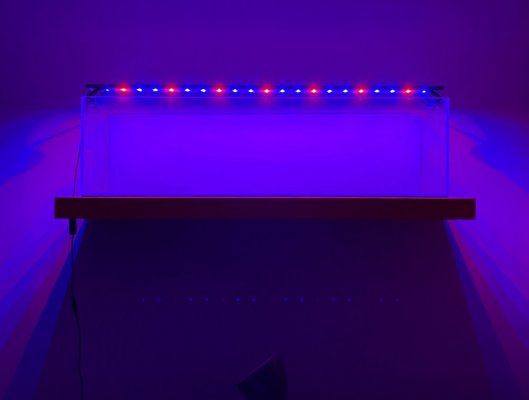Something intriguing I've been reminded of...
https://onlinelibrary.wiley.com/doi/10.1111/rec.12920
Desert biocrust is not aquatic, but this could be a neat concept for another display model ecosystem built as a terrarium.
A tank enclosing regolith and sediment with slow-growing microbes maybe would not be much to look at in the regular way, but conceptually interesting.
Even though they grow on usually very dry soil surfaces, desert biocrusts develop in a similar way to the biofilms of stromatolites and intertidal microbial mats, with the cyanobacteria (in biocrusts, often Microcoleus vaginatus) growing a relatively thick sugary polymer mat that then provides a substrate and food source for many other microorganisms.
https://onlinelibrary.wiley.com/doi/10.1111/rec.12920
Desert biocrust is not aquatic, but this could be a neat concept for another display model ecosystem built as a terrarium.
A tank enclosing regolith and sediment with slow-growing microbes maybe would not be much to look at in the regular way, but conceptually interesting.
Even though they grow on usually very dry soil surfaces, desert biocrusts develop in a similar way to the biofilms of stromatolites and intertidal microbial mats, with the cyanobacteria (in biocrusts, often Microcoleus vaginatus) growing a relatively thick sugary polymer mat that then provides a substrate and food source for many other microorganisms.



















